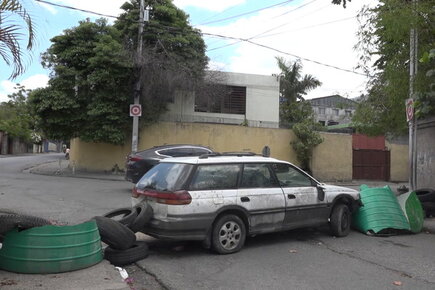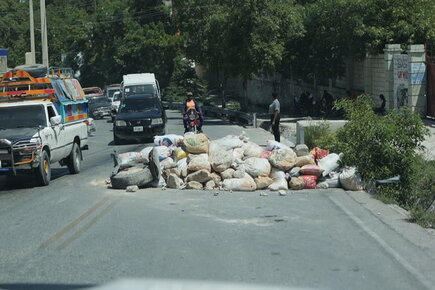Devastating EL Nino Increasing Hunger Worldwide (For the Media)
The current El Niño, which began in early 2015, has at least matched the strongest on record, affecting the food security of a vast number of vulnerable people around the globe. The current El Niño is comparable to that of 1997/98, which killed some 23,000 people, displaced hundreds of thousands, and resulted in some $45 billion in damages. WFP could be stretched operationally and financially during 2016 as the impact of El Niño translates into increased food-assistance needs across most areas of operations. This highlights the necessity of increased investment in disaster-risk reduction, early warning, climate-change adaptation and resilience building. WFP is responding with such measures as: prepositioning stocks of food, for example in cyclone-prone Madagascar and in Haiti, where earthquakes and drought wreak havoc; planning water deliveries in Lesotho where shortages are being felt; distributing high-energy biscuits as emergency food to flood victims in Somalia.



